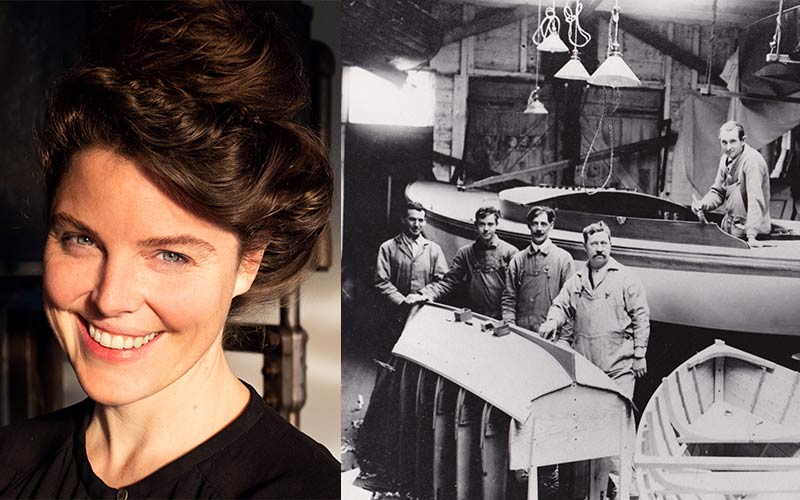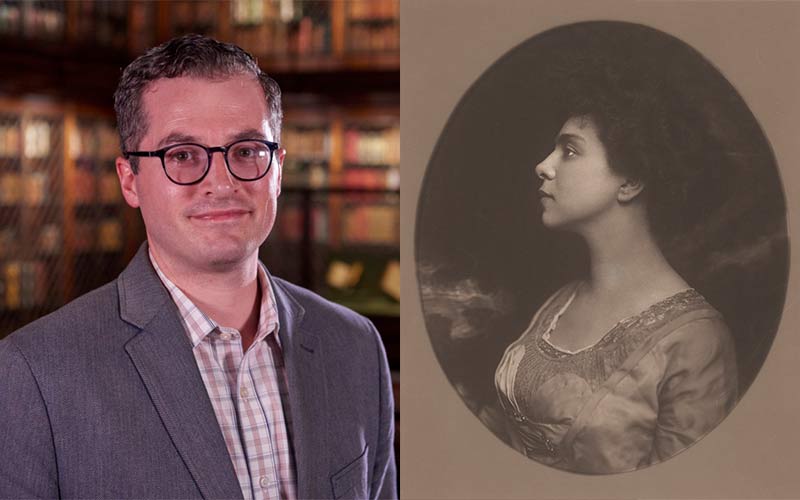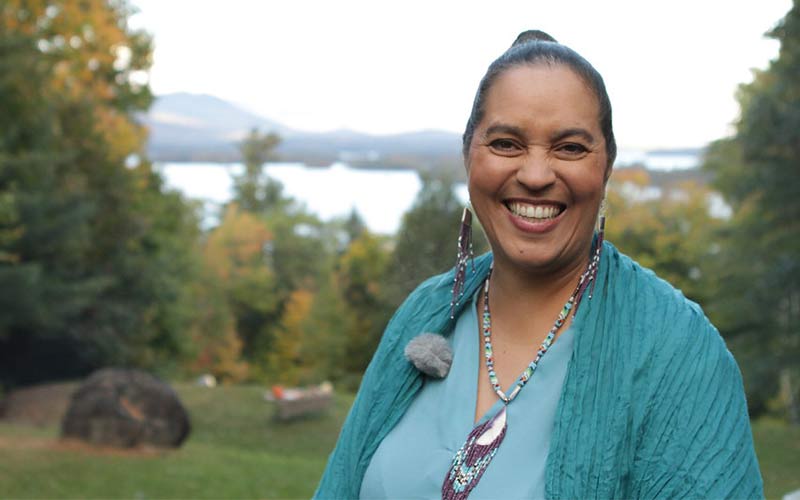Central Park
With more than 800 sprawling green acres in the middle of one of the world’s densest cities, Central Park is an urban masterpiece. Designed in the middle of the 19th century by the landscape architects Frederick Law Olmsted and Calvert Vaux, it is a model for city parks worldwide. Most people are familiar with Central Park’s celebrated design, but few know the history of that landscape before Olmsted got his position in 1857 as Superintendent. The condition of the land, who lived there, what had happened there over several centuries, and the social and political situation Olmstead found will come as a complete surprise. The pre-park witnessed three wars, farms, orchards, burial grounds, taverns, trails dating back to Indigenous peoples, the Black settlement of Seneca Village, and a convent of 200 Catholic sisters and their female students – even George Washington was there for a meeting that history seems to have forgotten. Sara Cedar Miller, author and historian emerita of the Central Park Conservancy, explores one of this country’s most iconic landmarks and how much of the history of early America is still etched upon the landscapes of Central Park today.
--
Sara Cedar Miller was the Central Park Conservancy photographer from 1984 and also its historian from 1989 to 2017. She is now Historian emerita of the Conservancy. Her photographs have been distributed world-wide and she had appeared on behalf of the Conservancy on radio, TV and many documentaries. She gives specialized tours and lectures on Central Park’s history and art.
She is the author of Central Park: An American Masterpiece (Abrams, 2003), Strawberry Fields, Central Park’s Memorial to John Lennon (Abrams, 2011), Seeing Central Park: The Official Guidebook: Updated and Expanded (Abrams, 2021) and Before Central Park (forthcoming Columbia University Press, April, 2022).







